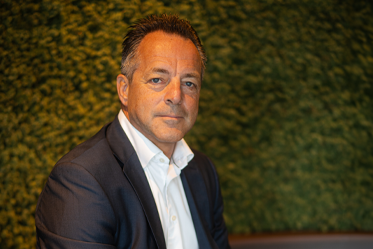Mapping out your SDG performance meticulously is becoming at least as important as following up your financial performance. The key question remains: how do you objectify SDG-driven values such as climate- and environmental-friendliness, social well-being, diversity, circular resource management, social entrepreneurship, etc. into measurable goals? And how can you achieve this without it being perceived as a burdensome straitjacket?
You make SDGs tangible by making them measurable and therefore comparable via the ESG criteria. In human language: demonstrate with accurate data that your company contributes to the environment and performs in an environmentally-friendly manner (Environment), that you treat your human capital with care (Social), and that you manage your organisation in a sound manner (Governance).
Of course, it is impossible to focus on all 17 SDGs at the same time – but be aware that they are all interconnected. And that everyone(!) – individual, government, organisation, company, etc. – can and must contribute. Every initiative must be integrated in a systemic manner into an integral and holistic sustainability strategy. As a company, you try to perform optimally in all domains, but the focus will differ depending on your core business and the available resources.
Therefore, think ‘jugaad’. That’s a Hindi word that I translate as ‘taking smart actions with limited resources’. Wikipedia defines ‘jugaad’ as a creative and innovative idea that offers a quick and alternative way to solve a problem. You do not have to be big to do great things. For example, in countries with the lowest incomes and wealth, governments and businesses are able to provide for the needs of low-income earners by designing affordable solutions that differ from conventional products or services. “Western companies can learn a lot from this,” says Jaideep Prabhu, Professor at Cambridge Judge Business School. “This approach to innovation can not only help Western companies gain access to emerging markets – it can also be a source of inspiration for new products for Western markets.” That too is sustainable entrepreneurship - doing more with less.
Peter Van Laer
CEO of BDO Belgium
